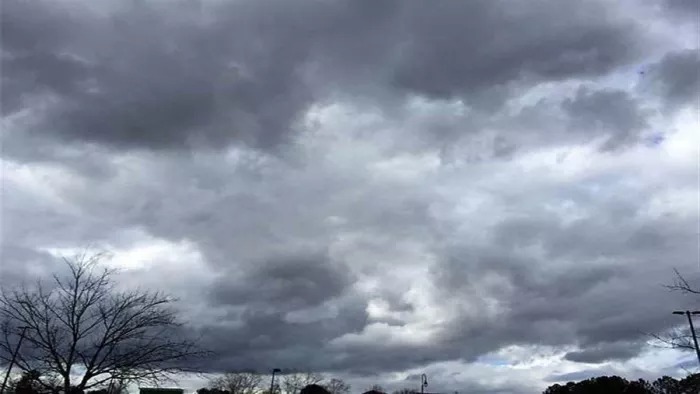
New Delhi: Due to climate change, sometimes heavy rains cause floods in the country and sometimes drought conditions arise in some areas due to lack of rain. The central government has launched Mission Mausam to deal with such extreme weather events. This will not only provide accurate forecasts about the weather but will also develop expertise in making and stopping rain.
Scientists will also be able to prevent incidents
Under Mission Mausam, the country's scientists will also be able to prevent incidents of lightning and cloudburst. The government has allocated Rs 2,000 crore for the first phase of Mission Mausam. The first phase will run till March 2026. Under this, 70 radars, high performance computers, 10 wind profilers and 10 radiometers will be installed. In the second phase, the number of satellites and aircraft will be increased to increase the monitoring capacity.
Clouds will be created artificially in the lab
Secretary of the Ministry of Earth Sciences M Ravichandran said that under the mission, a cloud chamber will be set up at the Indian Institute of Meteorology, Pune to study the changes taking place in clouds in the context of rising temperatures. He said that we will create artificial clouds in the lab and conduct experiments. This will help scientists understand these processes better and they will know what kind of clouds can be seeded to cause rain.
What kind of material should be used for seeding and how much seeding is needed to increase or stop rain? Seeding is a process in which rain is caused by mixing a special material in the clouds.
Ravichandran said that our aim is to artificially increase and control rainfall in the next five years. After this, we will focus on other weather events like lightning.
Continuous rain in Delhi may cause flood
When asked about the need for weather management, Ravichandran said that continuous rain in Delhi can lead to floods. In such a situation, if we have the technology to stop rain, then we can stop the rain by seeding more in the clouds. Similarly, by making it rain in drought-affected areas, we can save people from drought.
The incidence of heavy rains and droughts is increasing in the country
According to the Ministry of Earth Sciences, forecasting the weather is challenging due to the complexity of atmospheric processes and the limitations of current observation and model resolution. At the same time, local incidences of heavy rainfall and drought are increasing due to climate change.
Cloudbursts, lightning and thunderstorms are weather phenomena that are poorly understood in India. To tackle this situation, research is needed on every weather-related activity happening inside and outside the clouds, at the surface, in the upper atmosphere, over the oceans and in the polar regions.
India's surveillance capabilities
The Indian Meteorological Department has so far installed 39 Doppler radars across the country and there is no wind profiler. Whereas China has 260 radars and 128 wind profilers. America has 160 radars and 100 wind profilers.
--Advertisement--

 Priya
Priya Share
Share



